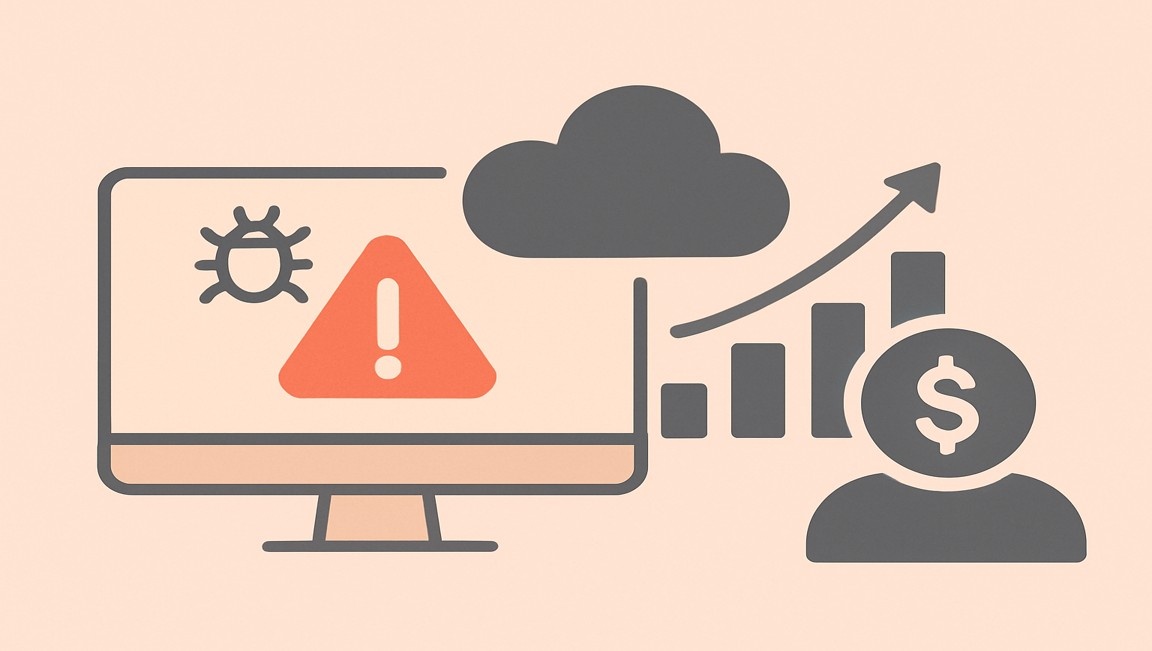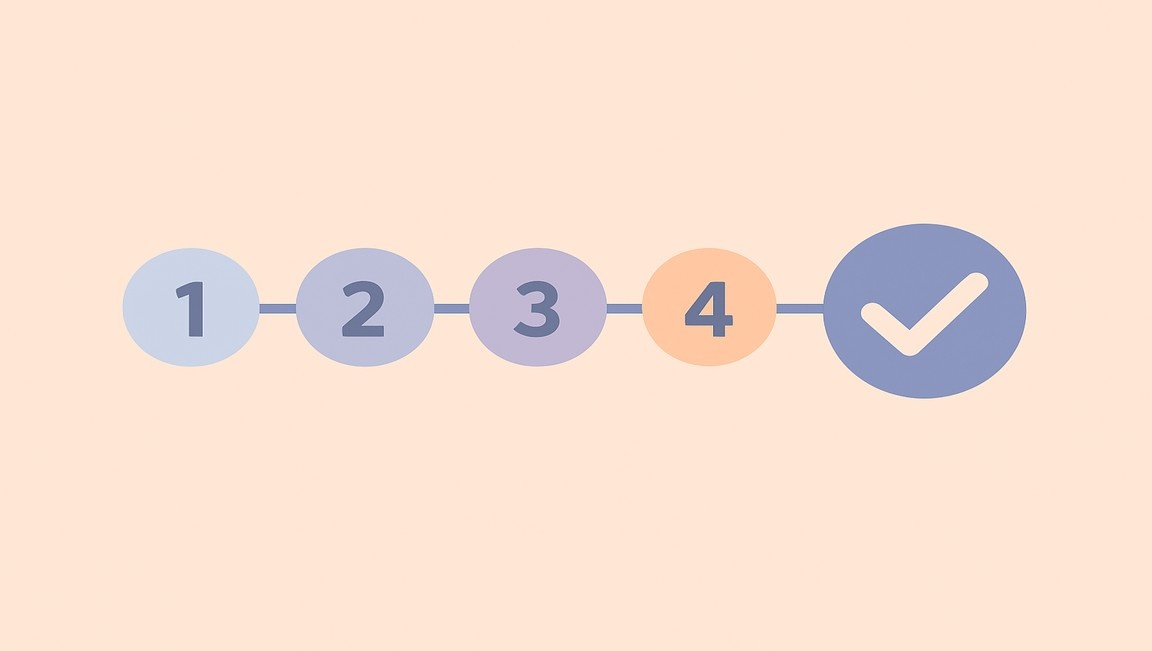Table of content
SHARE THIS ARTICLE
Is this blog hitting the mark?
Contact Us
An essential step for quality assurance
- Companies are constantly dedicated to offer unique and quality customer experience. Smoke testing is the initial and crucial step you can’t ignore.
- In this highly competitive IT industry, smoke testing is the one step you can’t ignore.

Smoke testing in software testing is a particular method to determine if the software features are working correctly. It basically acts as an indicator for the quality assurance team for further testing procedures.
Also, it comprises a specific set of tests that are run on every build for testing different functions. That's why it is also known as "Confidence Testing and "Build Verification Testing.”
Hence, it saves time and resources before the development team performs the critical testing.
This blog covers every important detail about “smoke testing”, which can help you understand everything better. Have a look at them below.
Table of Content
- Importance of Smoke Testing
- When to do Smoke Testing?
- Types of Smoke Testing
- Demerits of Smoke Testing
- Conclusion
- FAQs
Importance of Smoke Testing
The term smoke testing simply means verifying the crucial features of the software. Analysing the presence of showstoppers while the software is still under testing is essential.
You can also consider it a "rapid regression test." However, if everything goes well, testers can do further testing processes.
Main Objectives for Doing Smoke Testing
These are the important points to understand the crucial goals of conducting smoke testing.
- Detecting the defects or bugs in the initial stages of software.
- Measure if the software is stable or not.
- Thirdly, to check if every feature is working correctly.
- To know the crucial functions of the software is performing according to the guidelines.
When to do Smoke Testing?
The task of smoke testing becomes important to test any major functionality. This happens when these functionalities are integrated with the prevailing builds in the staging environment. Hence, it is also called the build acceptance test.
During this process, the developers deploy the codes or build. Then, subsets from the test cases are extracted. After that, the testers run the test cases on those builds. These builds have reusable modules, libraries, engineered components, etc.
Thus, the quality assurance team tests the application to reveal the errors. If the smoke test fails, testers send the product back to the development team. The following points can give you a clear understanding of smoke testing in software testing.
- It is done at the beginning of the testing cycle.
- Smoke testing comprises “new code,” which ultimately develops as a foundation for the new software.
- After completing the smoke testing, the product or software goes for functional testing.
Types of Smoke Testing
So, after the definition of smoke testing, it's time to know about the different types. Mainly, there are three different types of smoke tests that you should be aware of.
#1- Manual Smoke Testing
Firstly, for the manual smoke testing process, the tester follows a simple process. They start by writing, developing, and then updating test cases. Hence, they have to modify those test cases manually. However, the approach can differ based on the needs of the organisation.
After releasing the build to quality assurance, high-priority test cases are tested to check the defects. The QA team should always check the correct versions of the builds. Therefore, the main idea is to ensure the navigation of the critical path without hampering the functionality.
Here are the key points for understanding manual smoke testing
- The tester writes the test scripts for new and existing features as well.
- As the name suggests, the process is done manually by the tester.
- Thirdly, it comes with a built-in benefit to understand how it will work after the final production.
- Manual smoke testing is an indicative way which reveals the practical functions of the app.
#2- Automated Smoke Testing
In place of human testers, various smoke test tools largely help automate the task. That not only boosts the company's efficiency but also helps save significant time and resources. These tools are PhantomJS and Selenium. Additionally, automation smoke testing takes less time than manual smoke testing.
It enables the developers to check the build anytime after it gets ready for deployment. Moreover, it also determines if the functionalities are up to the mark or not. Those smoke tests that failed are corrected for deployment immediately.
Important points to note down for automated smoke testing.
- QA testers can give immediate feedback for the test builds.
- Automating the smoke test can only take a couple of minutes.
- Also, the automated tools record all the steps which are conducted for building the software.
- Lastly, automation testing is further used for the process of regression testing.
#3- Hybrid Smoke Testing
Subsequently, the hybrid smoke testing process combines the process of automated and manual testing. In this process, testers write test cases and also automate the tests. They can use all necessary tools to keep up with the limited time and complete it on time.
Therefore, it can be a great advantage as the tester gets the benefit of both the testing process. If the test fails, the tester has to resolve them until they are resolved. Then, you can move forward to other steps, including functional testing, system testing, performance testing, etc.
The following points are crucial to understanding hybrid smoke testing.
- Combines both automated and manual smoke testing processes.
- Manual checking and using tools make the task faster and easier.
- Ensures smooth functioning of the application to improve customer experience.
Advantages of Smoke Testing
After knowing what smoke testing is and its different types, here are the advantages. Have a look at them below.
- The process of smoke testing is very easy.
- It helps in improving the system's quality.
- Integration risks are less, and everything runs smoothly.
- Detecting errors and correcting them becomes easier through smoke testing.
- Ultimately, smoke testing saves your organisation's time and resources.
Demerits of Smoke Testing
Apparently, these are some demerits of smoke testing to be aware of. This will help you to be prepared and remove confusion when performing the test.
- You can’t implement all types of smoke tests in one go.
- Secondly, you must know that smoke testing doesn’t cover every functionality of the application. It means you can perform the testing process on specific parts.
- This process has a lower number of test cases. Thus, it is not possible to identify other issues happening during the testing process.
- Errors are likely to occur even if you implement every type of smoke test.
Therefore, to avoid these demerits, ensure that you are practising the right steps for software testing.
Conclusion
In conclusion, smoke testing is done to achieve a better user experience. Hence, providing the best quality product will also improve customer satisfaction which is essential for every growing company.
Discover More About QA Services
sales@qable.ioDelve deeper into the world of quality assurance (QA) services tailored to your industry needs. Have questions? We're here to listen and provide expert insights


Nishil Patel is the Co-founder of QAble, delivering advanced test automation solutions with a focus on quality and speed. He specializes in modern frameworks like Playwright, Selenium, and Appium, helping teams accelerate testing and ensure flawless application performance.
.svg)














.webp)
.webp)
.png)
.png)











.png)



.png)

.png)

.png)




















.webp)

